
-
Store film at low temperatures to slow degradation; refrigeration is ideal for long-term storage.
-
Use archival sleeves and containers to protect film from light, dust, and chemicals.
-
Label and organize your film to maintain an easily accessible archive.
-
Consider both plastic and metal containers for storage, but prioritize materials that offer airtight seals.
-
Regularly check and maintain your storage environment to ensure the longevity of your film.
Why Proper Storage Matters for Film Longevity
Imagine capturing the perfect moment on film, only to find years later that the image has degraded beyond recognition. This heartbreaking scenario is entirely preventable. Film is made of organic materials that react to their environment. Heat accelerates the breakdown of these materials, while humidity can lead to mold and mildew. Proper storage halts these destructive processes, keeping your film pristine for decades.
For example, a roll of film stored in a hot attic might become unusable within a few years, while the same roll stored in a cool, dry environment could last for 50 years or more. This is why it’s crucial to be meticulous about where and how you store your film.
Understanding the Different Film Formats: 35mm and 120mm
Two of the most common film formats are 35mm and 120mm. Although they are similar in many ways, they do have different storage needs. 35mm film, often used in classic cameras, is typically sold in light-tight canisters that offer some protection. On the other hand, 120mm film, used in medium format cameras, usually comes in rolls without a canister and therefore requires more careful handling and storage. I love these hard Film cases, also they come with different colors and sizes. Definitely worthy for $15.99
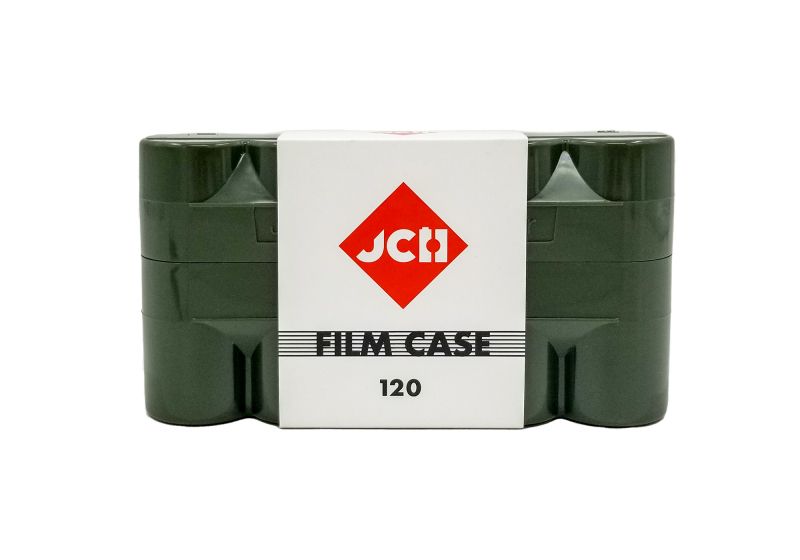
Regardless of the format, all film benefits from being stored in conditions that protect it from the elements. This means keeping it away from light, heat, and moisture – the archenemies of film longevity.
Selecting Your Storage Environment
The place you choose to store your film can make all the difference. You’ll want to pick a spot that remains consistently cool and doesn’t experience dramatic temperature swings. A closet in a climate-controlled part of your home or a dedicated film storage cabinet are both good options.
-
Choose a cool, dry place away from direct sunlight.
-
Ensure the storage spot is free from dramatic temperature changes.
-
Prioritize accessibility for both enjoyment and regular checks.
The Perfect Temperature and Humidity for Film Preservation
If you can manage it, storing film in a refrigerator is excellent for long-term preservation. I really like an idea to have your own mini fridge in your room. That way you don’t have to share a fridge with your family or food. Get your mini fridge for $39.99
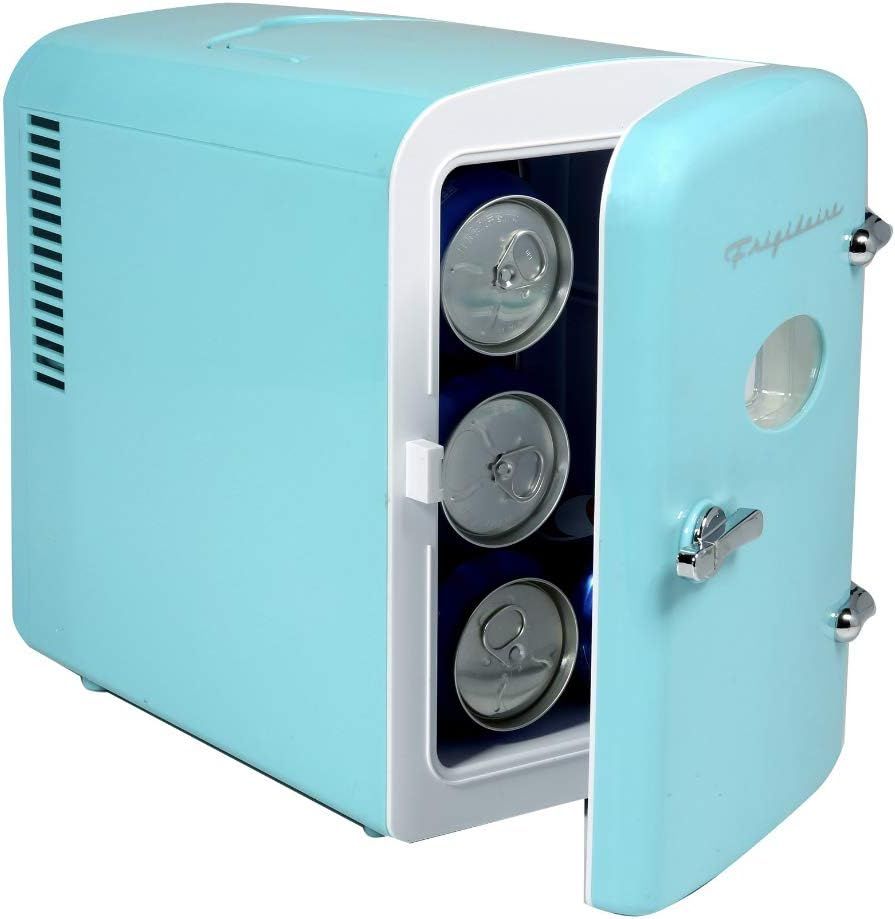
-
Keep the temperature below 75°F (24°C) for optimal film storage.
-
Maintain a relative humidity of 20% to 50%.
-
Use airtight containers if storing film in a refrigerator.
By keeping a watchful eye on these conditions, you’ll ensure that your film stays in top condition, ready to bring your past moments back to life whenever you wish.
Besides that, a hygrometer can be a handy tool to keep in your storage area to monitor the environment. It’s a small investment for $8.99 that can make a big difference in the preservation of your film.
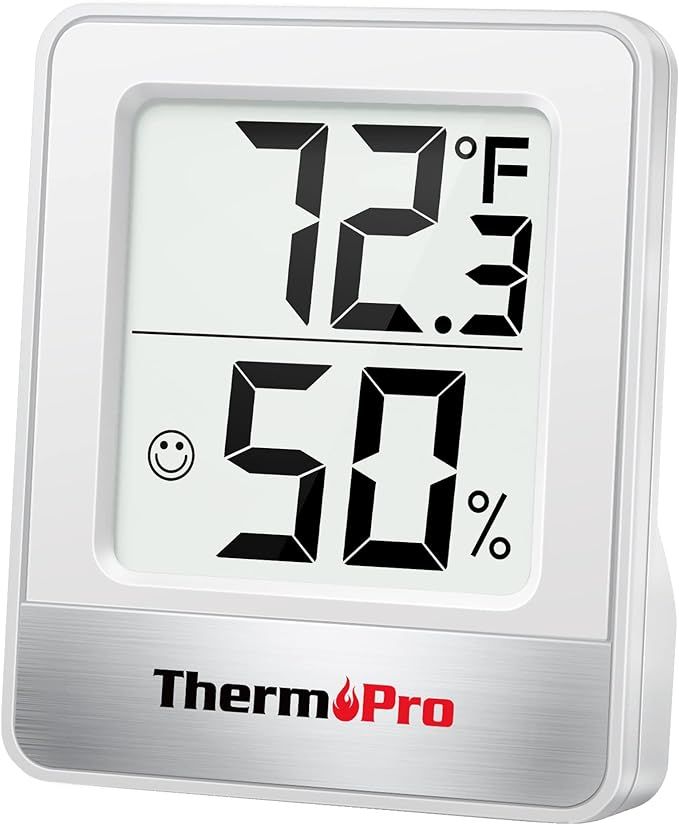
Combatting the Enemies: Light, Dust, and Chemicals
Light is film’s number one enemy. It can cause colors to fade and details to blur. Therefore, store your film in a dark place, away from any light sources, especially direct sunlight.
-
Always store film in a dark place, away from sunlight.
-
Protect film from dust and chemical vapors with the right containers.
-
Handle film with clean, dry hands to avoid damage.
Archival Sleeves: A Must-Have for Film Enthusiasts
When you’re serious about preserving film, archival sleeves should be at the top of your list. These sleeves are designed specifically to protect film from the common threats of dust, moisture, and scratches. They’re typically made from polyester, polyethylene, or polypropylene – all materials that are inert and won’t react with your film over time.
Get a pack for $8.99 35mm or for 120mm
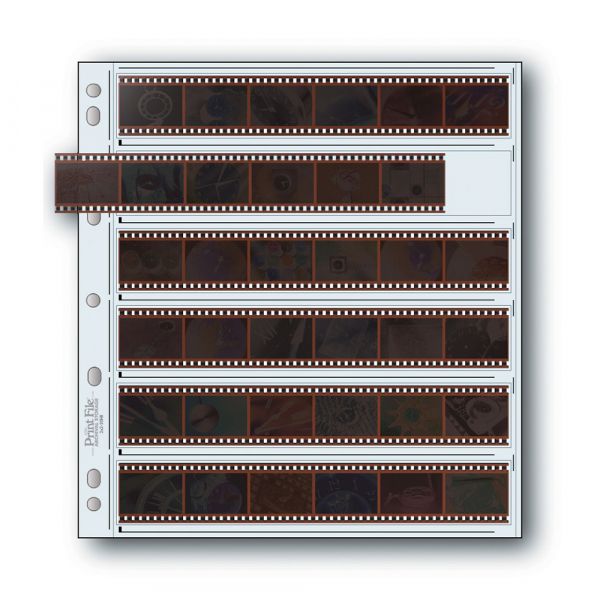
Comparing Storage Materials: Plastic Vs. Metal
Now let’s talk containers. Plastic and metal are the two most common materials for film storage containers, and both have their merits. Plastic containers are lightweight, affordable, and widely available. They’re also non-reactive, which is a big plus for long-term storage. Get one for $13.99
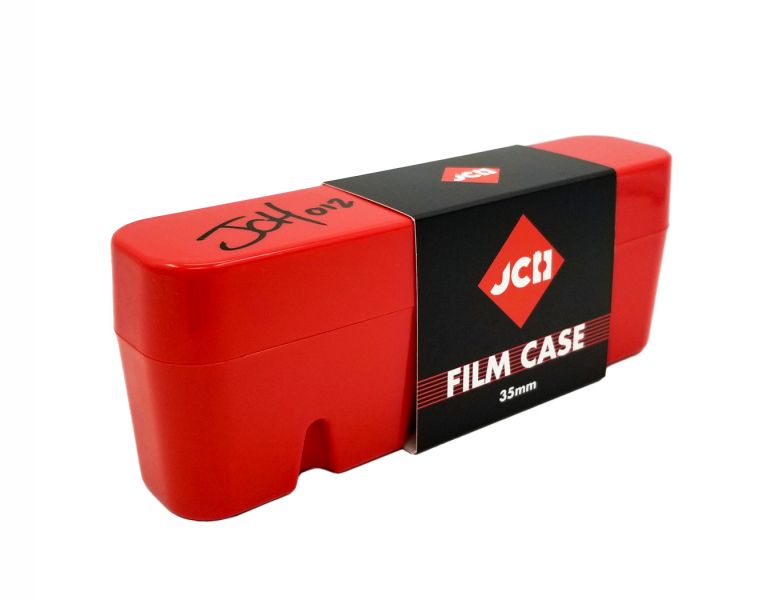
Metal containers, on the other hand, offer superior protection from crushing and can provide a more airtight seal, which is crucial for preventing moisture from getting in. They can also shield film from electromagnetic fields, which, while not a common concern, could be important depending on where you store your film.
|
Feature |
||
|---|---|---|
|
Weight |
Lightweight |
Heavier |
|
Cost |
More affordable |
Generally more expensive |
|
Protection |
Good |
Excellent |
|
Airtight Seal |
Varies |
Typically better |
|
Reactivity |
Non-reactive |
Non-reactive |
Advanced Film Storage Tactics
Refrigeration
Refrigeration is a hot topic among film enthusiasts. The cold can greatly extend the life of your film by slowing down the chemical reactions that lead to degradation. But it’s not as simple as tossing your film in next to the veggies. You need to prep your film for cold storage to prevent condensation, which can ruin your film.
Before refrigerating your film, place it in an airtight container with a desiccant packet to absorb any moisture. Then, let the film reach room temperature before opening it after taking it out of the fridge to avoid condensation.
Using Silica Gel Packets to Control Moisture
Moisture is the silent killer of film. It can sneak into your storage containers and wreak havoc before you even know it’s there. Silica gel packets are your secret weapon against this threat. These little packets absorb moisture, keeping your film dry and happy.
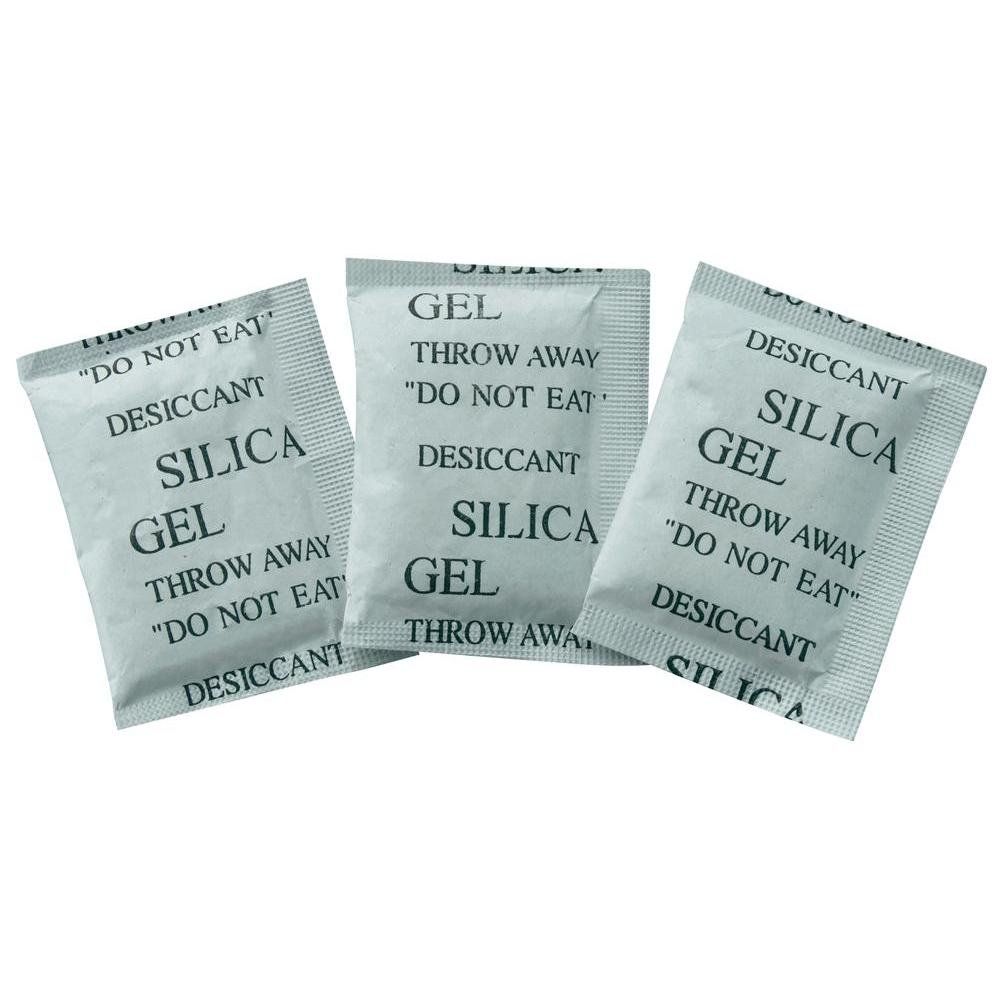
Just toss a packet or two into your storage container with your film. But remember, silica gel packets don’t last forever. They can become saturated with moisture over time, so replace them regularly to ensure they’re still doing their job.
Frequently Asked Questions (FAQ)
Is it Safe to Store Different Film Types Together?
Generally, it’s safe to store different types of film together, provided they are all protected from light, heat, and moisture. However, to maintain an organized archive, it may be beneficial to store different film types, or different ISOs, in separate containers or sections. This helps prevent confusion and ensures that you can quickly find the film you need when you need it. For more detailed information, check out our comprehensive guide on 35mm color film brands.
Just be cautious of any unique storage requirements for specialty films, such as infrared or high-speed films, which may be more sensitive to environmental factors.
Can I Store Developed and Undeveloped Film in the Same Place?
While it’s possible to store developed and undeveloped film in the same place, it’s not always recommended. Developed film is less sensitive to light and temperature changes, whereas undeveloped film is more vulnerable. If you must store them together, ensure that the conditions favor the undeveloped film’s requirements to avoid any potential damage.
Furthermore, keeping them separate minimizes the risk of accidentally exposing undeveloped film to light or using it by mistake. It’s all about minimizing risk and keeping your collection secure.
Do I Need to Keep My Film in Dark Storage Even After Processing?
Absolutely. Even after processing, film remains sensitive to light, particularly color dyes in color film, which can fade over time if exposed to strong light. Storing your processed film in a dark place will help preserve the colors and details in your images for the longest possible time.
Consider storing processed film in opaque or dark containers that block out light. This simple step can make a significant difference in the preservation of your film.
Are “Do-It-Yourself” Storage Solutions Reliable for Film Preservation?
DIY solutions can be a cost-effective and customizable option for film storage, but they may not always offer the same level of protection as commercially available archival products. If you opt for a DIY approach, make sure to use materials that are acid-free and designed to protect against light, heat, and moisture.
Research is key. Investigate the properties of the materials you plan to use and compare them to the standards of archival quality storage. When in doubt, consult with professionals or reach out to the photography community for advice.




Leave a Reply